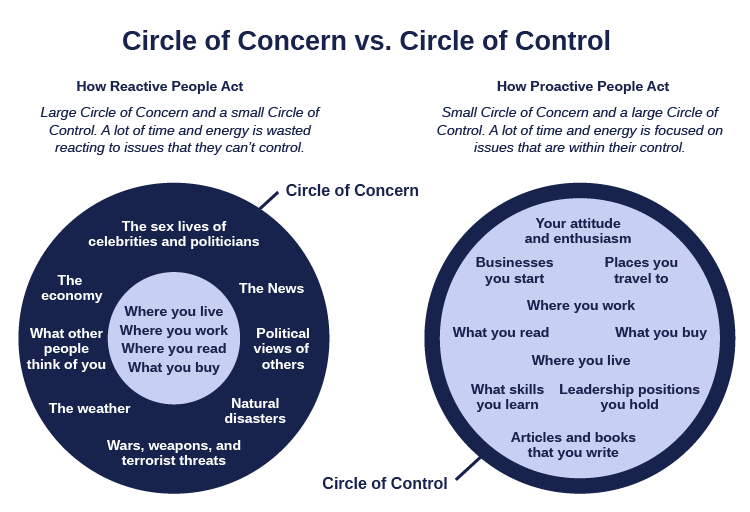On a scale from 1-10, how would you rate your ability to navigate and adapt to change (1 being not very well and 10 being very well)? Has that score always been true for you or has it shifted over time? Have you noticed that some of your colleagues seem to get overwhelmed by workplace changes, while others seem to adapt effortlessly?
Change is an inevitable part of both our personal and professional lives, yet we all respond to it very differently. Some individuals and leaders see change as an open door with new opportunities, while others take a while to warm up to transitions. Here's more on the cycle of change and leadership tools to help cultivate a positive mindset around it.
The Stages of Change
Research suggests that people typically go through several stages when faced with change. These stages include denial, resistance, exploration, and commitment. The Kubler-Ross Change Curve, originally developed to describe the stages of grief, has been adapted to illustrate these stages of change acceptance.
Denial: Initially, individuals may deny that a change is necessary or that it will happen. This stage is characterised by shock and avoidance.
Resistance: As reality sets in, resistance often follows. People may fear the unknown, worry about their ability to adapt, or feel a loss of control.
Exploration: Gradually, individuals start to explore the new situation. They seek to understand the change and how they can adapt to it.
Commitment: Finally, individuals accept the change and commit to new ways of working.Some people move through these stages quickly, while others may get stuck, particularly in the denial or resistance phases.
Understanding these stages allows leaders to provide appropriate support, such as clear communication, training, and encouragement.
Denial: Initially, individuals may deny that a change is necessary or that it will happen. This stage is characterised by shock and avoidance.
Resistance: As reality sets in, resistance often follows. People may fear the unknown, worry about their ability to adapt, or feel a loss of control.
Exploration: Gradually, individuals start to explore the new situation. They seek to understand the change and how they can adapt to it.
Commitment: Finally, individuals accept the change and commit to new ways of working.Some people move through these stages quickly, while others may get stuck, particularly in the denial or resistance phases.
Understanding these stages allows leaders to provide appropriate support, such as clear communication, training, and encouragement.
Leadership Tools: Mindsets and Circles of Influence


